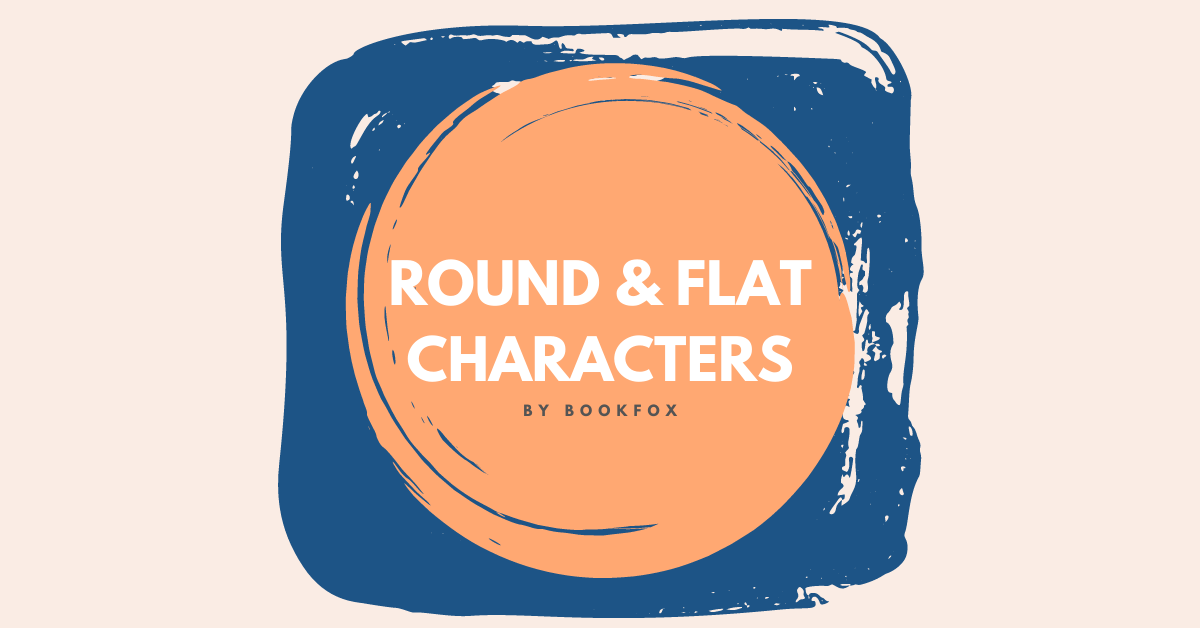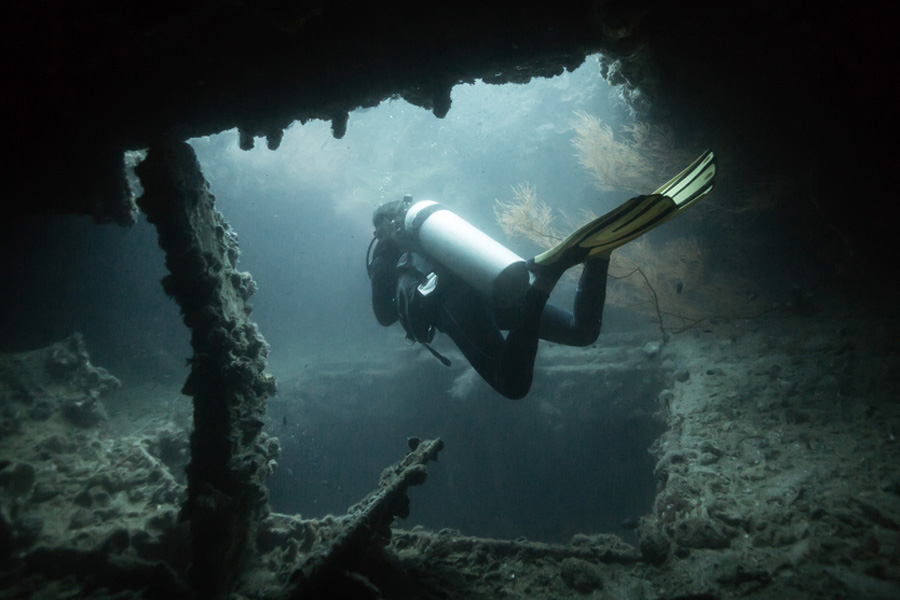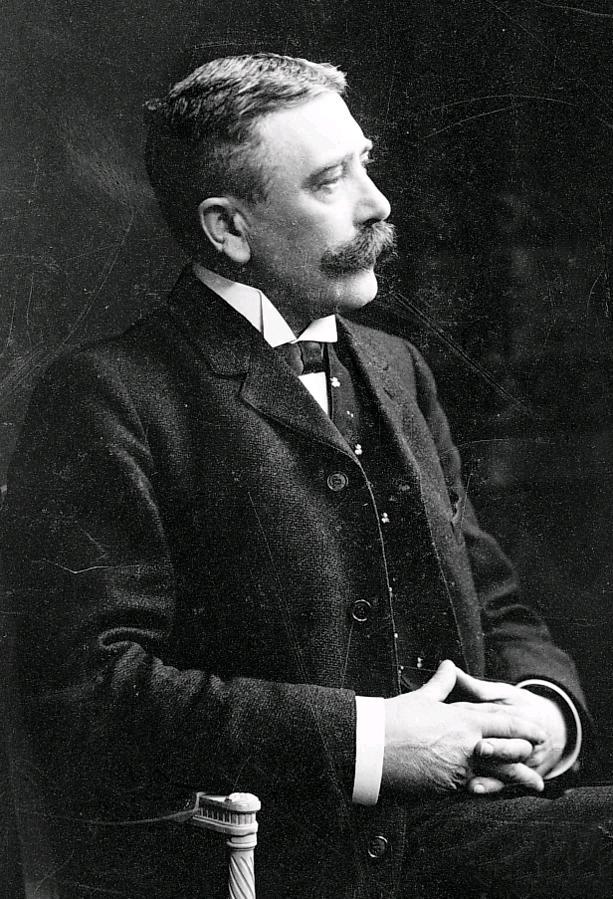
For Tuesday, let’s keep practicing our semiotic reading. This time, let’s go to town on Robert Frost’s “The Road Not Taken.”
Don’t worry about working on the three poems – – Plath, Rich, Rukeyser – – indicated on our syllabus. But do print out the poems and bring them to class on Tuesday. (I would happily print and duplicate – – but the university is restricting instructors’ xerox accounts to minimal quantities.)
Remember, here’s our working procedure for semiotic reading:
- First, get a sheet or two or three of paper and a writing instrument.
- Next, print the poem out and highlight or underline all the high-value words in the poem. High-value words are words that seem very particular or very important. I.e. “the,” “a,” “is,” etc. are not usually high-value words. Recall that in Frost’s “Two Roads,” I suggested that the high-value words in the first line included “roads,” “diverged,” “yellow,” “wood.”
- Make a list of these high-value words. Examine the list and ask yourself some questions: are there any similar words in the list – – words that go together? are there contrasting words in the list – – words that seem opposite in meaning? Re-organize your list to group these similar and dissimilar words together.
- Focus for the moment on the dissimilar or opposing words. Do these pairs seem to echo some common opposition or contrast? (E.g. natural/human, colors, solitude/company, sound or other senses, etc.). What you are doing here is looking for patterns, groups of words that seem to cluster around a particular difference or opposition.
- Once you’ve found a pattern – – that begins with particular paired words from the poem – – now is the time to re-read the poem. How does your pattern help you to grasp a meaning/s for the poem? How might this pattern help you to interpret the poem? Write a couple of paragraphs answering these questions.
Bring your all of your work on “Road Not Taken” (and “Stopping by Woods on a Snowy Evening”) – – highlighted text of poem, list of paired/associated words, pattern clusters, and your two or three paragraphs – – to class on Tuesday.





